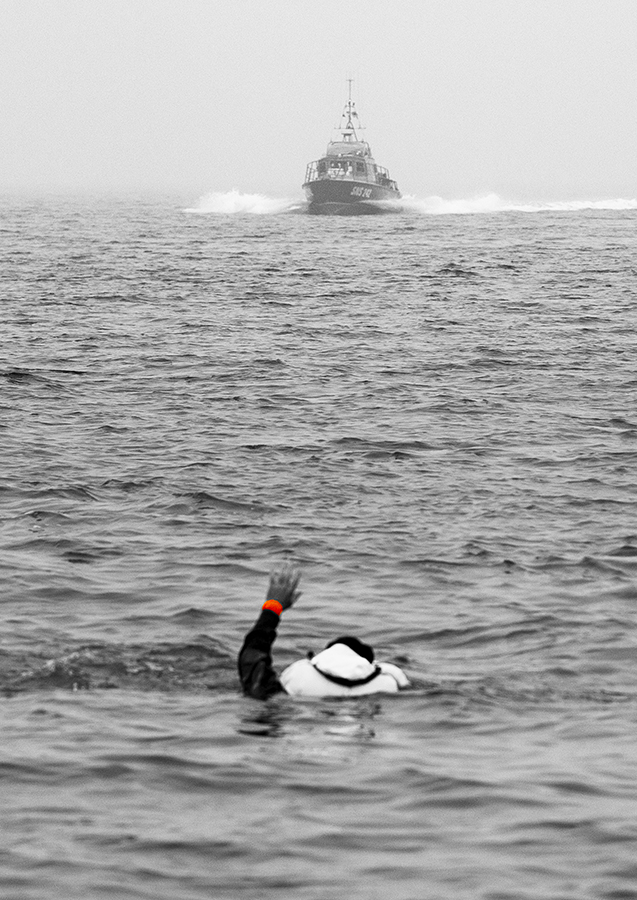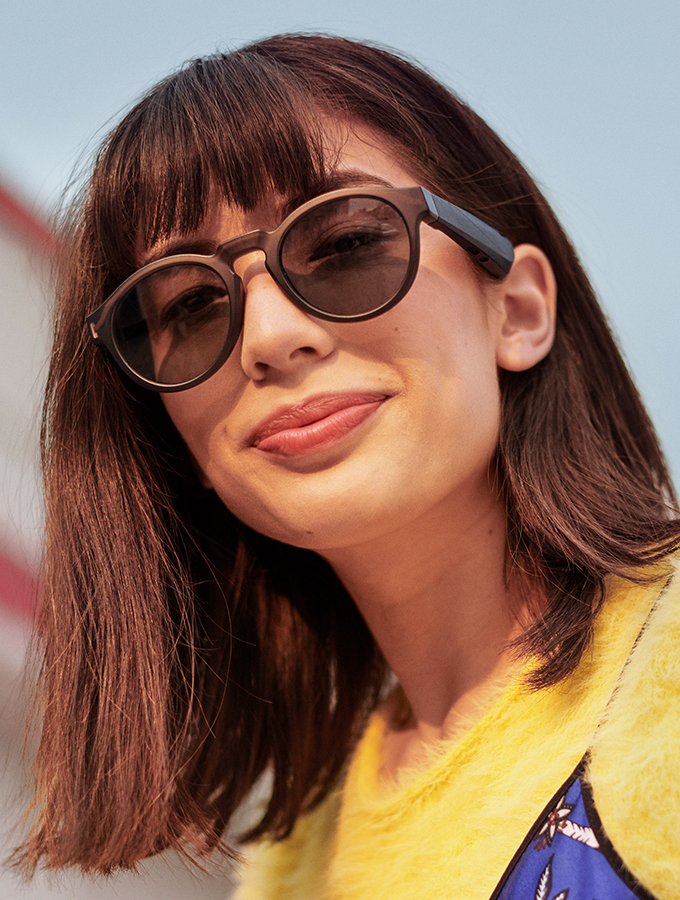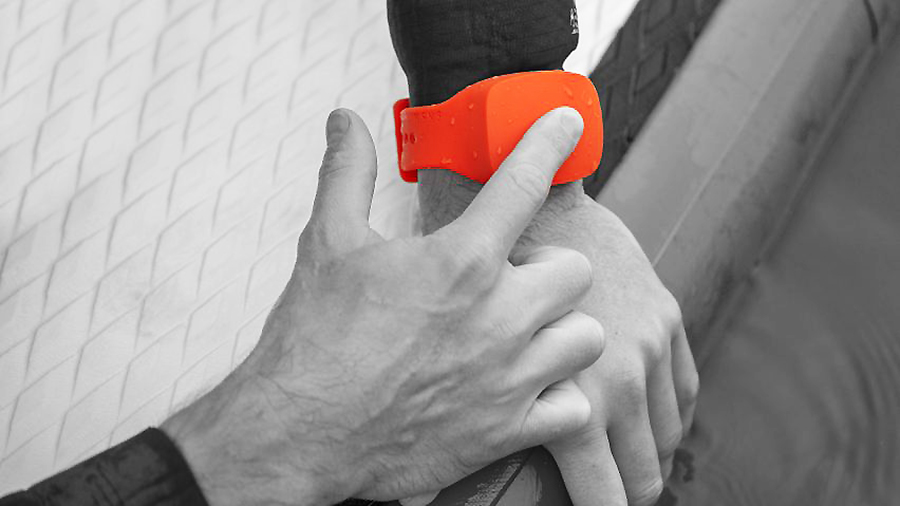Dial, GPS Tracking Device
Creator, French Designer, Phillipe Starck

<span style="color: #333333;">Philippe Starck, the French designer known since the start of his career in the 1980s for his interior, product, industrial, and architectural design, has developed a GPS-tracking device with silicon wristband that allows the wearer to send an emergency signal to the coast guard of their exact location on the beach or the ocean. It can also be used to locate a missing child separated from their parents when they are on the beach.
Called the Dial, the device — available in a neon orange with an adjustable strap and a rectangular surface that functions as a button that activates the in-built GPS tag when pressed — was to designed to not only reduce the time taken for rescuers to find a person in danger in the water, but also reduce the number of false alarms which take rescuers away from real emergencies.
“Dial has been designed for … the millions of people who practice water sports or sailing, as well as for the safety of children on beaches and even water sports rental companies. Any moment of happiness can turn into danger. Dial, just by pressing a button, allows happiness to remain happiness and life to survive.” — Phillipe Starck. Photo courtesy Dial
Bose Frames
Sunglasses + Headphones + AR Experience
 <span style="color: #333333;">This month Bose launches “Frames” — sunglasses that function to not only protect your eyes from the harmful UV rays of the sun, but now you can listen to music, make calls and access augmented reality (AR) through a set of tiny focused speakers in Frames arms offering a listening experience similar to standard headphones.
<span style="color: #333333;">This month Bose launches “Frames” — sunglasses that function to not only protect your eyes from the harmful UV rays of the sun, but now you can listen to music, make calls and access augmented reality (AR) through a set of tiny focused speakers in Frames arms offering a listening experience similar to standard headphones.
The wearable is an innovation for two reasons … (1) the glasses deliver personal audio without sitting in or directly over the ears, and (2) they promise sound-based AR content.
“[Frames] look and act like classic sunglasses — until you turn them on and then you’re connected to your phone, contacts, the web, and all its audible content just like headphones. There’s nothing else like them. They’re a breakthrough you have to see, wear and hear to believe.” — Mehul Trivedi, Director, Bose Frames
Unlike other brands in the space, the audio on Bose Frames draws on a nine-axis head motion sensor and the GPS from a paired iOS or Android device to sync up AR experiences with the wearer’s immediate reality.
Bose expects to launch the first AR experiences early this year and share an update at SXSW this March. Photo courtesy Bose
Huawei’s Facing Emotions App
Using sound to allow the visually impaired to see emotions

<span style="color: #333333;">Chinese tech giant Huawei has developed an app using artificial intelligence to allow the visually impaired to “see” emotions on the face of someone they are talking with by translating emotion into sound using the rear camera of Huawei’s Mate 20 Pro phone.
How does it work? An offline machine-learning algorithm integrated into the phone identifies the main facial features of a person and then determines the positions in relation to each other to identify their particular emotion.
The app translates seven universal human emotions – anger, fear, disgust, happiness, sadness, surprise, and contempt – into seven distinct sounds. The detected emotion is played through the phone’s microphone. The short, concise, and simple sounds corresponding to each emotion were created by blind composer Tomasz Bilecki.
The app was tested by blind consultants and their insights were incorporated into the design. Photo courtesy Huawei











